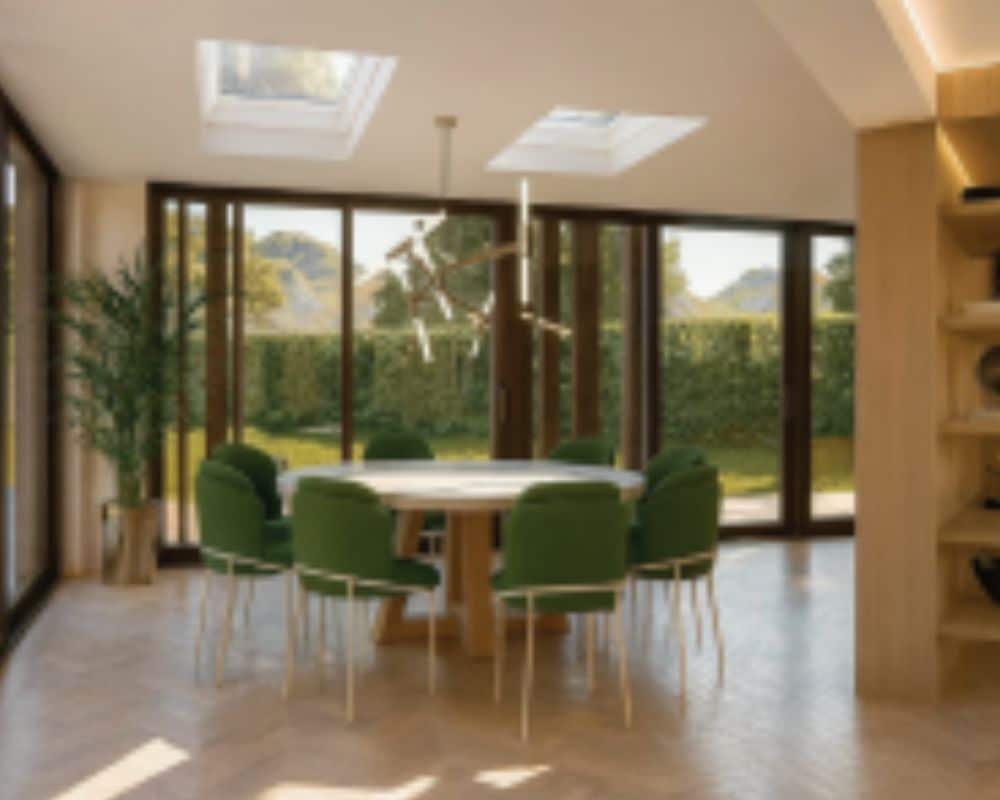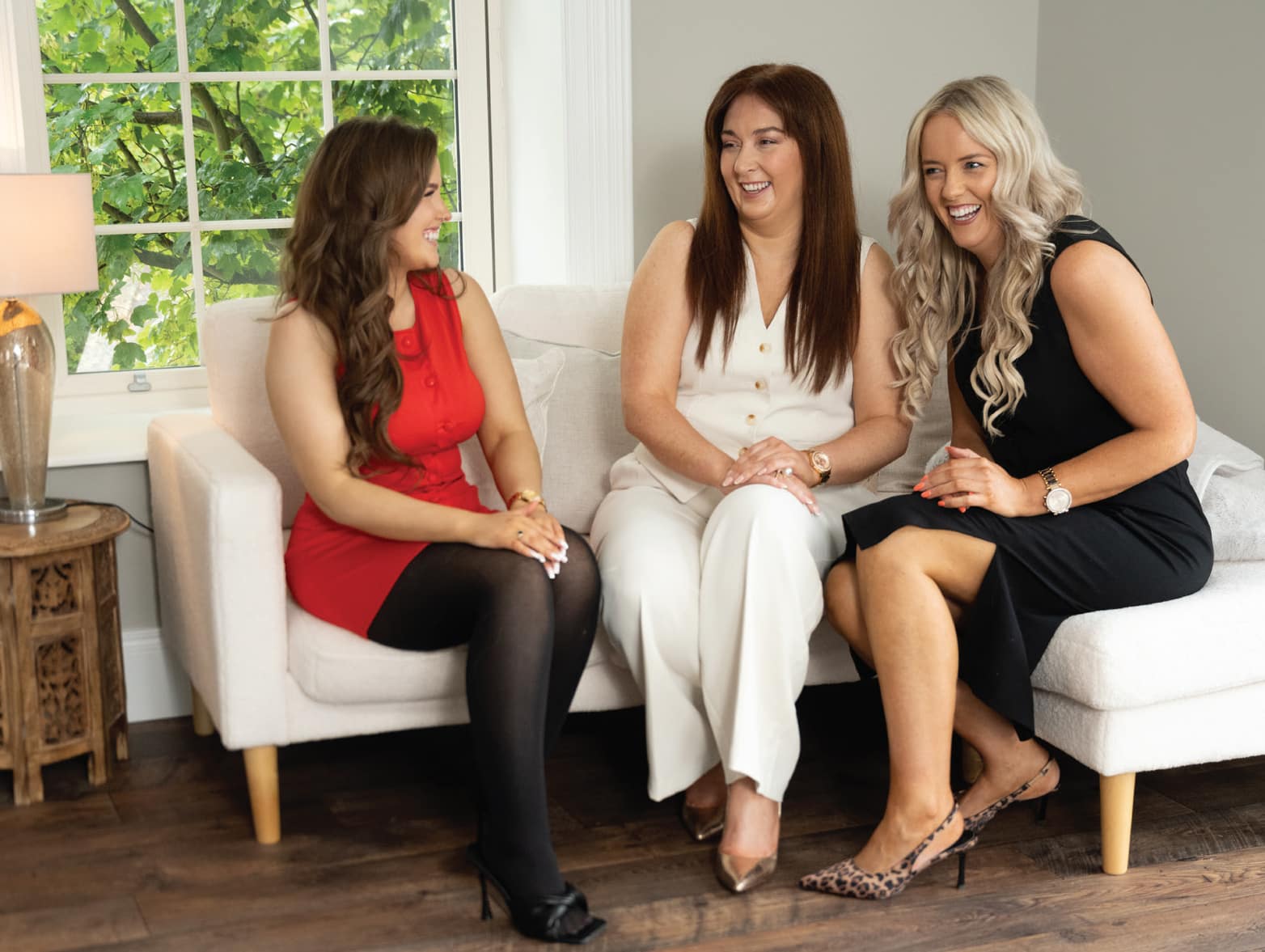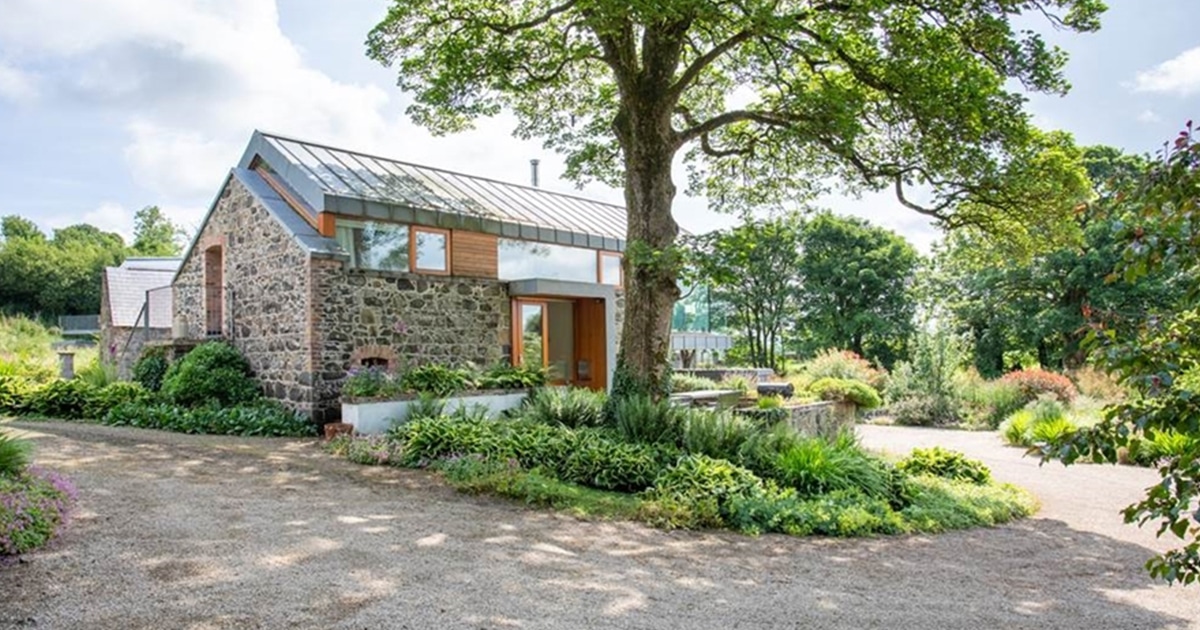Getting Your Dream Home Off the Ground

Whether you’re dreaming of an extension, a renovation or a brand-new build, planning is the step that can make or break a project. In this month’s column, architect and interior designer Tara Lamb, director of LAM Architects, cuts through the confusion around permitted development, planning permission, and why thoughtful design from the start leads to a home you’ll love living in.
What You Need to Know Before You Build
Planning a renovation or extension can be one of the most exciting stages of improving your home, but it can also be one of the most confusing.
Between permitted development rules, full planning applications, and building regulations, many people are unsure where to begin.
As an architect and interior designer, I’ve seen time and again how early decisions in the planning process can make or break a project, not just in terms of what gets approved, but whether it’s truly what you want.
So let’s clear up some of the mystery.
What is Permitted Development?
Permitted development rights allow you to carry out certain types of building work without having to apply for full planning permission.
These rights cover things like single-storey rear extensions, loft conversions, and outbuildings.
That is provided they stay within strict size, height and boundary limits.
The key point here is modest. If your plan pushes the limits of what’s allowed, or your property is listed, in a conservation area, or has had its rights removed then permitted development won’t apply.
And even when it does, you may still need to submit a Lawful Development Certificate to confirm your work is legal and compliant.
When Do You Need Planning Permission?
If your project goes beyond the scope of permitted development, let’s say, a two-storey extension, or changes to the building’s appearance from the street, you’ll need to apply for planning permission through your local council.
This means submitting drawings, documents, and sometimes additional reports (like heritage or flood risk statements), followed by a waiting period for approval.
The council notes that the time period for this is usually 15 weeks, though more complex cases will take longer.
Why Getting it Right Matters
Here’s where things often go wrong: people rush to submission with a design just to “get it through,” even if the design isn’t quite right.
But once approval is granted, changing the design can mean going through the entire process again.
It’s also worth remembering that the planning process can be slow.
Even if you’re not planning to build right away, it’s smart to apply early.
This gives you time to refine the design details with your architect, without being under pressure, because planning departments work to their schedule.
In our studio, we always encourage clients to slow down before they submit.
Take time to consider not just what will be approved, but what you’ll genuinely love living in.
A window that brings in more morning light, a higher ceiling that makes a space feel generous, these things matter, and they need to be part of the planning stage.
How We Help
One of the most valuable parts of working with a qualified architect is having someone guide you through this process.
We don’t just draw pretty plans, we analyse the site, interpret local policy, liaise with planning officers, and ensure the design balances your dream outcome with what’s likely to gain approval.
It’s a careful balance of creativity and compliance.
We also make sure that once the permission is granted, you’re not left thinking “I wish I’d asked for more.”
That’s why our approach is thorough from the start, making sure your project is not just permitted, but truly powerful.
Let Us Help
Planning rules can be complex, but they don’t have to be intimidating.
With the right advice and a well-thought-out design, the process can be smooth, empowering and even enjoyable.
This will lead to a home that’s legal, liveable, and lasting but most importantly that you love!
LAM Architects and Interiors
📍 2-4 Church Road, Holywood
📞 +44 28 90 13 222 0
💬 Message on Facebook / Instagram










